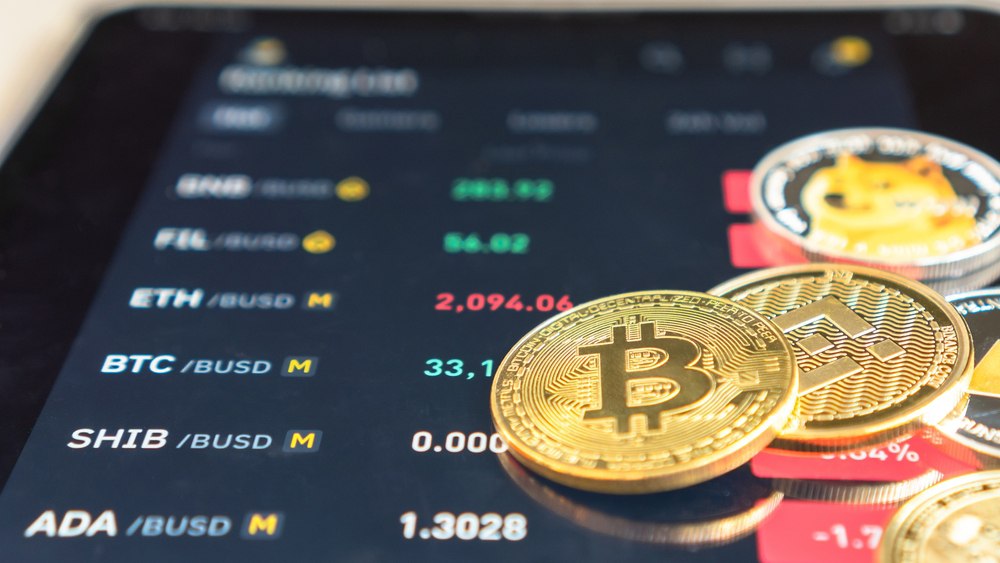2022 will forever remain a watershed moment for the digital asset ecosystem, as the industry witnessed one of its most tumultuous historical periods. Two crypto trading platforms, Binance and CoinGecko, broke into the Financial Services category, where traditional players like PayPal, Alipay, and Stripe dominate.
The Difference
The financial ecosystem comprises several industries that align with banking, insurance, lending, and other business activities using cash to generate and distribute wealth. However, a rapidly growing trend is steadily changing the financial landscape.
In addition, an emerging clash pitted the traditional finance heavyweights against the relatively new and disruptive cryptocurrency services. The difference between the two related but different industries is primarily their classification.
Furthermore, the first distinct attribute between them is transparency. Compared to the conventional market, where bonds, stocks, and equities are not readily available to the average individual, blockchain assets like Bitcoin and Ethereum are easily accessible because users can move them quickly, regardless of their location.
Where the assets are kept and how they are transferred from one wallet to another form the basis of the transparency argument between digital currency and conventional investment tools. Furthermore, another aspect of the debate between decentralized and traditional finance is the settlement pattern.
Large financial institutions like central banks in the conventional sector centrally manage outside over-the-counter (OTC) assets. The last area of discourse is asset control.
The conventional system uses IOUs, with partner institutions issuing the assets when needed. Unlike traditional financial platforms, the crypto environment uses technology like ledger systems to manage the physical custody of assets.
Navigating the FTX Blow
The entire crypto industry has taken a massive blow following the collapse of the FTX exchange, with credibility becoming the most talked-about issue in the ecosystem. Most investors are now skeptical about the safety of their funds on decentralized platforms, with many reverting to the traditional system.
Meanwhile, CEOs of most crypto exchanges are taking turns assuring investors that their money is safe in decentralized custody and that their platforms are not at risk of succumbing to the FTX contagion.
However, from the customer’s point of view, liquidity tends to give them more faith in depositing their money in a particular place. In addition, consumers are more confident accessing their funds from conventional banks than crypto platforms.
Interestingly, the embattled former CEO of FTX made things worse by stating that many third-tier crypto exchanges are one step closer to being insolvent, triggering another panic among investors.
Due to the FTX fiasco, many people are now flocking to self-custody wallets to store their crypto assets, but this also comes with its complexities. Due to the failure of centralized crypto trading platforms, hardware custody makers are seeing increasing demand for custody services.
Additionally, this sector’s apparent lack of regulation makes it difficult for many to trust crypto exchanges with their money. Ultimately, the continued success of the crypto industry depends mainly on investors’ risk appetite.
